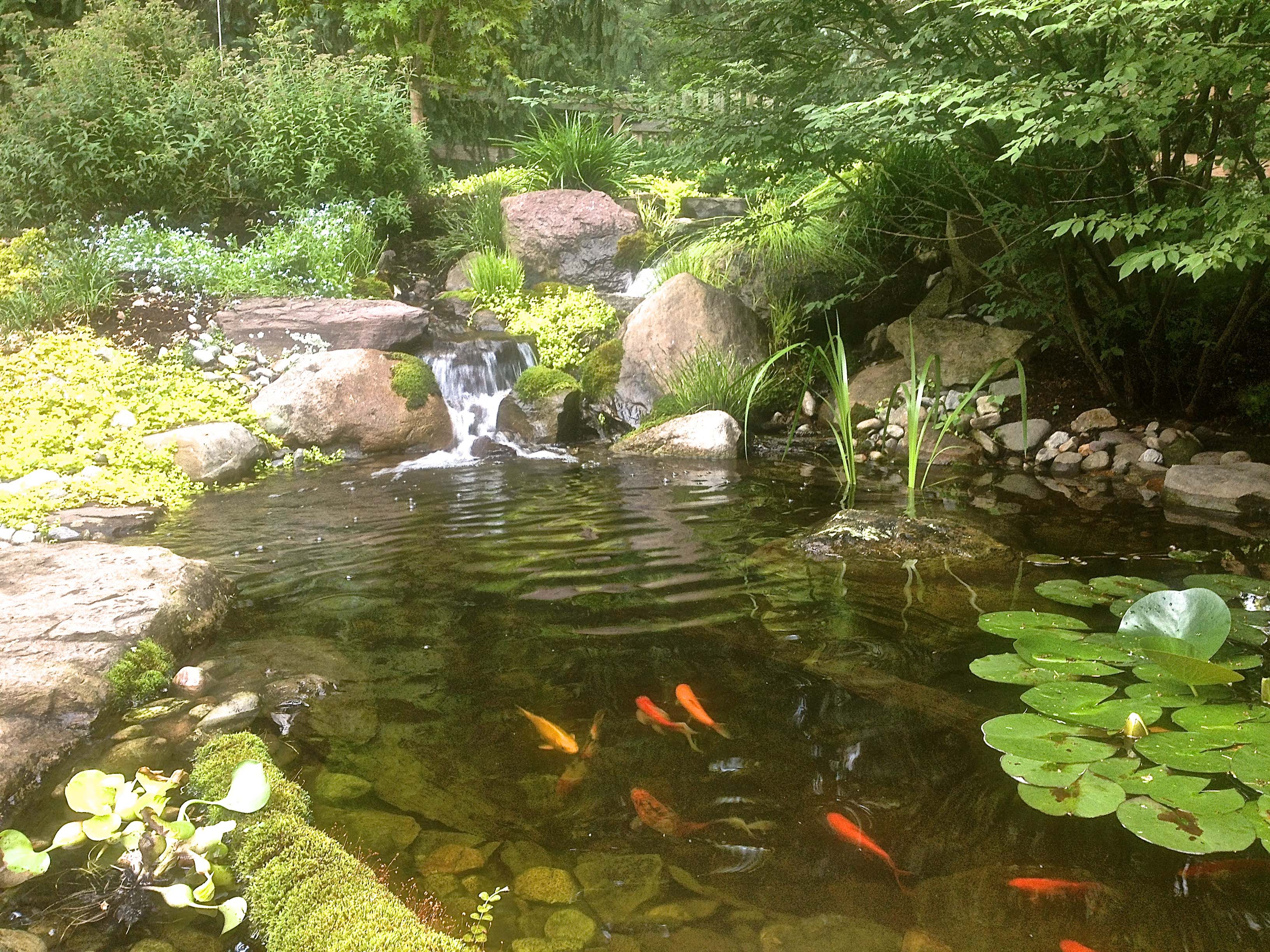

The general procedures for spring development are outlined in the following pages. Springs can be developed in two different ways and the method you choose will depend on whether it is a concentrated spring or a seepage spring. Protecting the spring from surface contamination is essential during all phases of spring development. Spring DevelopmentĪ spring can be developed into a drinking water supply by collecting the discharged water using tile or pipe and running the water into some type of sanitary storage tank. You can start development of your spring once your determine that the quantity and quality are acceptable. A list of labs is available at the Penn State Extension Water Quality website or from your local county extension office. Obtain a sample collection container from a certified water lab and send a sample of the spring water to the lab for water quality testing. Determine the flow rate by timing how long it takes the water to fill the bucket. The flow rate of a spring can be tested by digging a 5-gallon bucket into the slope of the spring and allowing the water to flow into the bucket. To determine your household water needs, consult Water Facts #2: Water System Planning-Estimating Water Needs, located at the Penn State Extension Water Quality website. However, the average home will require approximately 50 to 75 gallons of water a day per person. Water needs for an individual home vary depending on water use, water storage, and water-saving devices within the home. The amount of water you will need from your spring depends entirely on your household's daily water needs. Springs used for drinking water supplies should yield at least 2 gallons per minute throughout the entire year unless water storage is going to be used. If possible, the flow rate for your spring should be monitored for an entire year, but it is most critical to measure the flow rate during late summer and fall when groundwater levels and spring flows are usually at their lowest. Since springs are usually fed by shallow groundwater, water quantity may be an issue during certain times of the year. Testing will help determine exactly how much treatment will be necessary and may help determine if other sources of water would be more economical. For this reason, most springs will need some treatment before the water is considered a safe source of drinking water. Springs are highly susceptible to contamination since they are fed by shallow groundwater, which usually flows through the ground for only a short period of time and may interact with surface water. Before developing the spring, collect a sample of water and have it analyzed at a local water testing laboratory to ensure that it can be efficiently and economically treated to make it safe for human consumption (see Water Facts #10: Testing Your Drinking Water for a list of tests to have run). Water quality is also important to consider before using a spring as a water supply. It may be possible to learn about historical spring flow from the previous owner or a neighbor. Spring flow that fluctuates greatly throughout the year is an indication that the source is unreliable or may have the potential for contamination. When considering using a spring as your source of drinking water, it is important to ensure that the rate of flow is reliable during all seasons of the year. Springs are sometimes used as water supplies and can be a reliable and relatively inexpensive source of drinking water if they are developed and maintained properly. This can occur at a distinct point or over a large seepage area.

A spring is formed when natural pressure forces groundwater above the land surface.


 0 kommentar(er)
0 kommentar(er)
